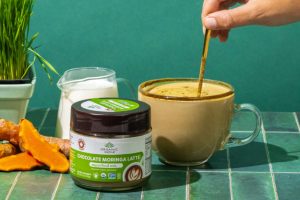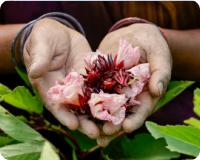

Section

Back
Home Pranayama Meditation: Breathing for Stress Relief
06/20/2025 | Written by Gina Marie Saka
Conscious Healthy Living
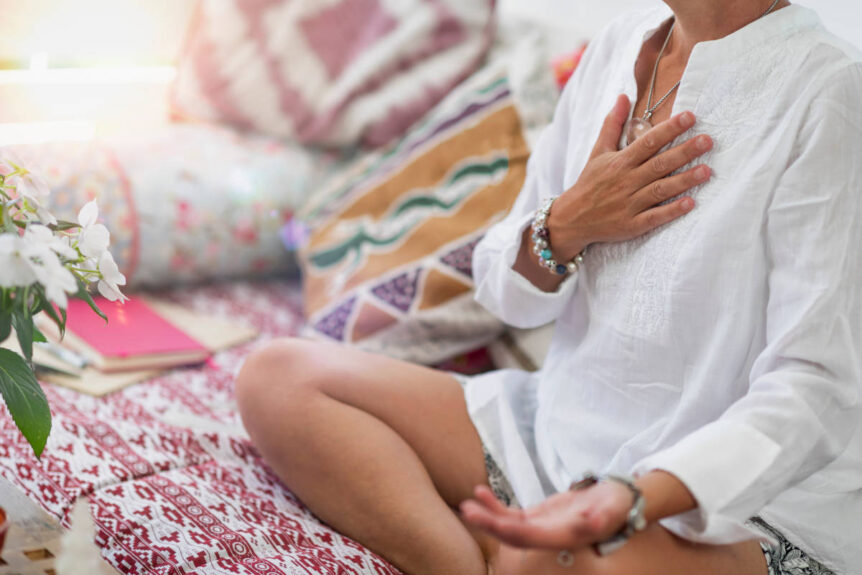
With this home pranayama meditation, you will have the opportunity to work with the breath to reach deeper states of serenity. Sometimes the best medicine is simply breathing in silence. By reserving a time and place dedicated to this practice, you open the door to peace in your everyday life. It may be difficult to get into a routine at first, but even just five minutes per day of pranayama meditation can have a profound effect on your quality of life.
What is Pranayama?
Pranayama is an ancient breathing practice that explores a variety of breathing techniques to reach deep states of relaxation. In yogic philosophy, it is believed that by controlling your breath, you are better able to take control of your mind and thoughts for better stress management and greater inner peace. Whether by lengthening, deepening, sharpening, constricting or alternating your breath, you are able to work through any mental, emotional or spiritual obstacles.
Pranayama is the fourth limb of the eight limbs of yoga, which are yama (ethical standards), niyama (self-discipline), asana (physical postures), pranayama (breathing), pratyahara (sensory transcendence), dharana (concentration), dhyana (meditation), and samadhi (enlightenment). It is a key practice for anyone interested in general mindfulness or spiritual growth.
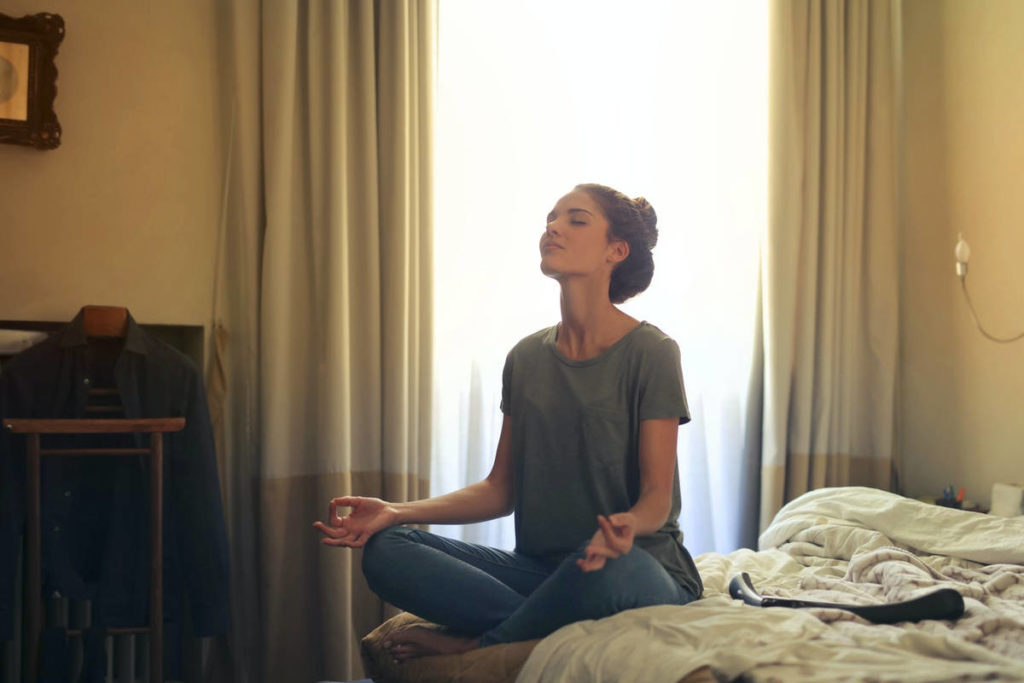
Pranayama Benefits
There are many benefits of pranayama for the whole mind-body-spirit system.
- Induces Relaxation. Breathing techniques have been found to support healthy melatonin production, which induces a state of calm and relaxation.
- Relieves Stress. Studies have found that it helps shift the practitioner from the sympathetic nervous system (fight or flight), into the parasympathetic nervous system (rest and reflect), resulting in deep relief from stress and worry.
- Improves Focus. One moves away from external stimuli and distraction to focus on the breath and develop their ability to reclaim their concentration and manage stressful situations.
- Supports Respiratory Health. Pranayama has been shown to help strengthen the respiratory system by increasing lung capacity and regulating pulmonary function.
- Boosts Energy. The ancient breathing practice has also been found to energize and revive, while helping reduce feelings of tiredness. This is especially true for kapalabhati and bhastrika techniques.
Home Pranayama Meditation
The best time to practice this home pranayama meditation is first thing in the morning on an empty stomach. Alternatively, you may practice in the afternoon on an empty stomach at least 3 hours after your last meal; perhaps before dinner around sunset time. This practice can be as short as 15 minutes or as long as an hour depending on how many breaths you choose to take in a given technique and how much time you dedicate to meditation in between techniques.
*If you are pregnant or have any underlying health conditions, please consult with your doctor before trying pranayama. Also, if you are a beginner, it is recommended to first practice with a certified professional before practicing on your own at home.
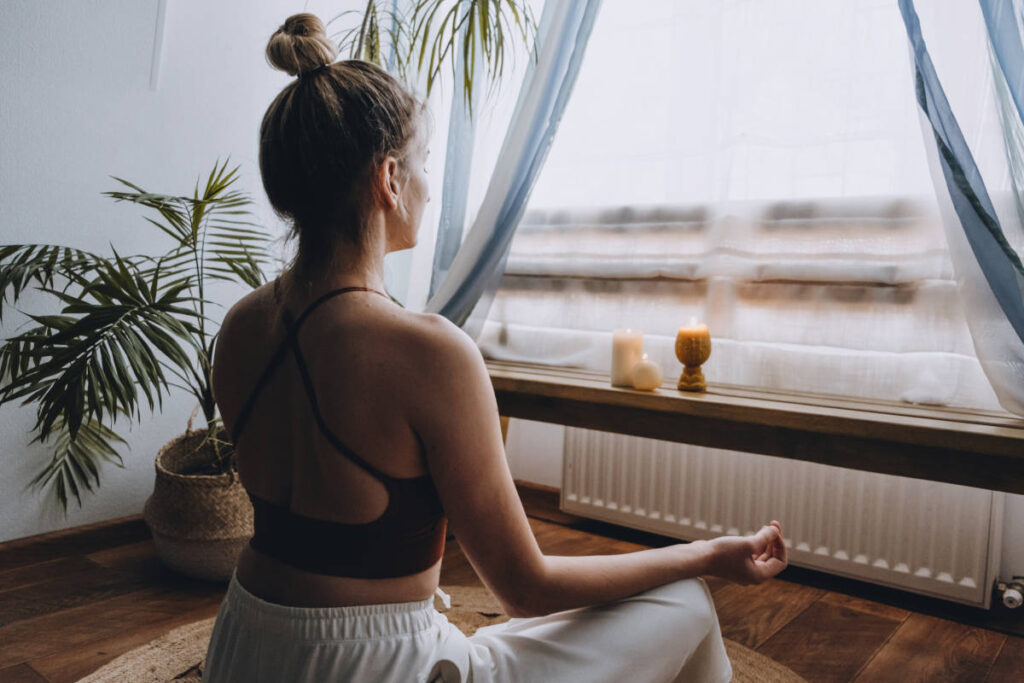
1: The Setting
Mindfully find a comfortable, quiet space in your home. It is always nice, if possible, to set aside a room, space, or corner dedicated to your meditation practice. This helps inspire and encourage your practice and give it a real, tangible place in your life. If space does not allow, even a special blanket or pillow you lay out can help set the scene and anchor a nurturing space to support your practice. If you wish, you can light a non-toxic candle to further set the mood.
2: The Posture
For pranayama, it is best to be seated cross-legged on the floor with a straight spine. You may use the wall for support, sit on a meditation pillow, or even sit on a chair if needed with feet planted on the floor and knees at a 90 degree angle. Hands can rest softly on the knees, with palms either upright (for opening your energy) or turned down (for grounding your energy). Eyes are normally closed, though you may keep them softly open and gently gazing on a single point if preferred. Make sure the shoulders, abdomen and forehead are relaxed.
3: Observing the Natural Breath
Now that you are seated in your space, begin observing your mind as well as your natural breath without judgment. Do not try to alter your breathing, only affectionately observe its natural state. If thoughts arise during this time, observe your thoughts or worries lovingly rather than getting tangled in or taken away by them, and allow them to pass like clouds in the sky. Then, return to observing your breath. It is totally normal for thoughts to arise so be kind and patient with yourself as it is wholly part of the practice. 2-5 minutes.
4: Technique 1 – 4-2-6 Breath (Vishama Pranayana)
The 4-2-6 breath is a soothing pranayama technique that actives the parasympathetic nervous system, promoting relaxation and stress relief. Sit comfortably with a straight spine. Inhale slowly through your nose for 4 counts, then hold the breath gently for 2 counts (breath retention). Exhale fully and smoothly through your nose for 6 counts, lengthening the exhale to calm the mind and body. The longer exhale and retention help shift your nervous system into a state of rest and balance. Repeat this cycle for 5-10 minutes, focusing on the breath’s rhythm.
5: Technique 2 – Deep Belly Breath (Adham Pranayama)
Now we will begin with deep belly breathing. First, put one hand on your chest and the other on your belly. Then, inhale through the nose on a count of four and allow the belly to expand, and exhale through the mouth with lips pursed on a count of four, allowing the belly to collapse. The chest should remain relaxed and not expand, as your abdomen rises and falls. The idea is for air to reach the lower lobes of the lungs. Continue for 5-10 breaths then rest and observe the sensation.
6: Technique 3 – Ocean Breathing (Ujjayi Pranayama)
Next, we will begin with our ujjayi breathing, or ocean breath. Take a deep inhale through the nose, and exhale out the nose with closed mouth and the throat slightly constricting the passage of air, like you’re trying to fog a mirror. This will create a sound reminiscent of ocean waves that is extremely soothing to the mind and body. Be careful not to tighten the throat at any point, only subtly constricted to create an oceanic sound. Continue for 5-10 breaths then rest and observe the sensation.
7: Technique 4 – Bumblebee Breath (Bhramari Pranayama)
Moving on to bumblebee breath, we will gently close both ears with index fingers, using the cartilage of the ear that’s connected to the cheek. Also close your eyes if they are not already. Inhale deeply through the nose, and then, activating the back of the throat, make a gentle humming sound, either low or high pitched, though high pitched tends to have best results. This is a great technique for blocking out external stimuli and creating a calming vibration in the body. Continue for 5-10 breaths then rest and observe the sensation.
8: Technique 5 – Channel Purifying Breath (Nadi Shodhana Pranayama)
Channel purifying breath, also known as alternate nostril breathing, helps balance the subtle energies of the body. To begin, bring your thumb to your right nostril; and ring and pinky finger to your left nostril (though not blocking yet). Peace fingers can either be folded in or resting gently on the space in between the eyebrows. First, take a deep inhale and exhale completely. Then:
- Block the right nostril with your thumb, and inhale through the left nostril
- Block the left nostril with your pinky and ring finger and exhale out the right nostril
- Inhale through the right nostril, then block the right nostril and exhale out the left nostril.
- Repeat 5-10 cycles and make sure to finish on an exhale out the left nostril.
- Rest and observe the sensation.
9: Technique 6 – Breath of Fire (Kapalabhati)
We will end with the kapalabhati, or breath of fire. If it is late in the day or before sleep, you may want to skip this one as it happens to be quite energizing. Also, this technique should not be performed by anyone who is pregnant, has hypertension or cardiovascular disease, or has had a recent major surgery. To perform, inhale quickly and deeply with medium intensity, belly expanding. Then without pausing, use the diaphragm to exhale sharply with medium intensity as belly collapses. You use the diaphragm to help with the force of the inhale and exhale. Start slow and then quicken your pace as fast as feels comfortable to you. If you are a beginner, start with 15 and work your way to 30 or more cycles, then rest and observe the sensation.
10. Closing Practice
To close your practice, slowly begin to move your fingers and toes, gently open your eyes, and honor yourself and your practice by bringing both hands to your heart or into a prayer position and bow. Enjoy the calm and keep this awareness with you through the day.
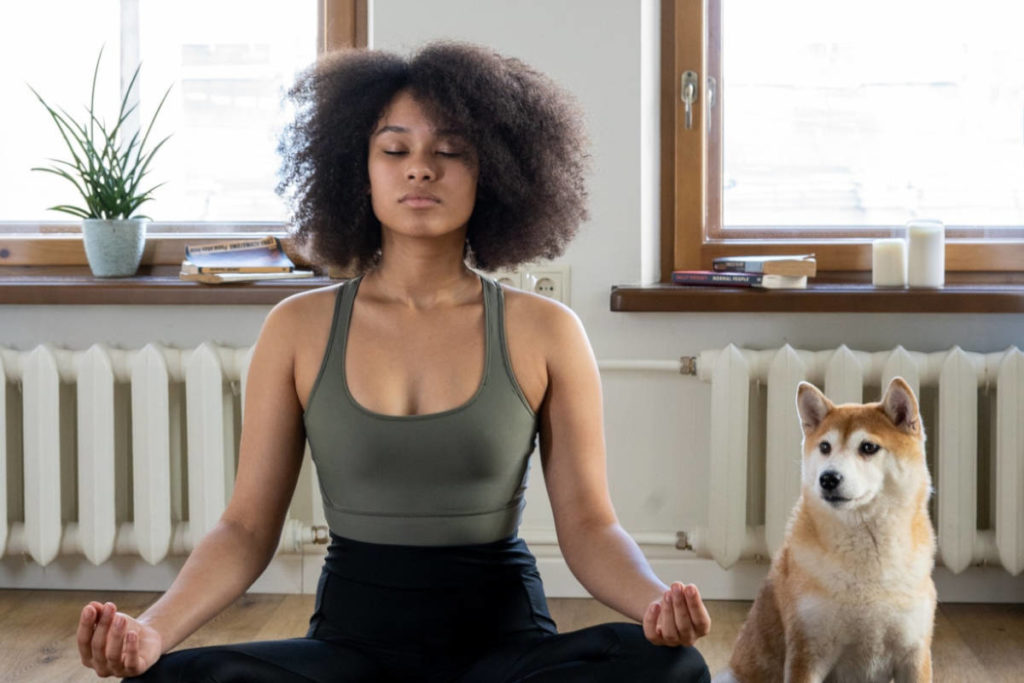
Savor this home pranayama meditation, and even practice with loved ones to circulate the amazing benefits of breathing.
Want a healthy follow up to your pranayama practice? Try this delicious Chocolate Turmeric Ginger Shake or nurturing Cozy Mulled Tea.
